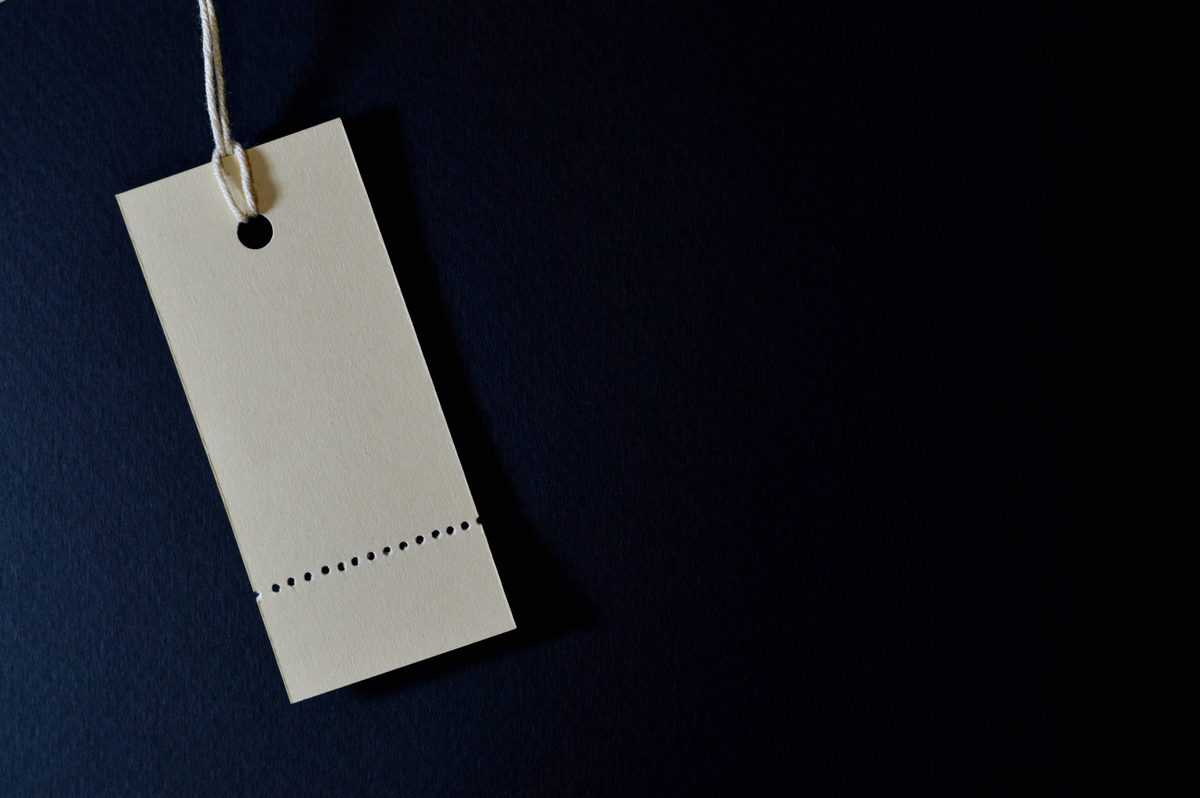Rolling out a plugin or SaaS always has multiple factors that determine the success of the venture. From the ground up, there is the initial idea, realization, testing, marketing, etc. The final touch that’s put on everything, however, is the pricing. Naturally, you’ve outlined the costs and price in the planning stage, but the actual deed is done right at the very end. The fact that it’s usually done last is by no means a reason to play down the importance of detecting the best pricing method because this can make or break your entire plan.
We’ll go through some strategies that can help you with dilemmas you might be having, and in doing so, we’ll try to cover all the bases.
There is a strategy for figuring out the way to make your customers spend money, and because there are so many nuances, there is a fine line between failure and success.
Some things are specific to your business, and therefore we can’t really relate, but we’ll try to keep it as broad as possible.
Tiers
The first thing we’ll cover is already specific to you. Most software solutions of the type we’re covering here have some kind of tier system. It’s pretty common nowadays and, truly, you’ll be hard-pressed to find anything that doesn’t employ it. Contrary to what you might think, the first step in forming the system isn’t how many tiers you’ll have, but how you’ll divide them.

In this particular instance, we can’t help all that much. Your system can be time-based (monthly or annual subscriptions), content-based (higher tiers unlock more content/features ever), quantity-based (higher tiers give you licenses to use on more sites), etc. The decision on which system to implement is solely based on your product/service. There are unwritten rules on how to approach the subject – you won’t charge a time subscription for a hosting service. Instead, you’ll charge by the number of requests.
Now, where we can help is in determining how to divide your tiers. You shouldn’t use too many. Creating more tiers than you need will result in your customers being unable to choose. Too many choices deter the impulse of taking action, and you want them to take action.
Furthermore, there are two tiers you should always include. Some type of free tier (an actual tier with limited features, or trial period, either work) and a final tier (generally a custom-made tier).
Just like a puzzle where you start from the edges, these tiers should always be your starting point. One will let anybody who’s interested, or maybe on the fence, try out your product/service and potentially become a customer, while the other represents the ultimate premium option for high-end customers that are tailored specifically for them and their needs. In between, you can fill out the rest, but keep in mind that the optimal number of tiers should be at five or six, maximum. Those numbers will, at the same time, provide enough choice to cover the needs of all your customers, but no leave them overwhelmed and unable to decide.
Setting the price
You have your tiers, but now you need to formulate the prices. This process is somewhat more complicated, simply because there are more avenues to consider and different ways to approach things. Once again, we’ll look to cast our net as much as we can to cover everything we can.
Charm and prestige pricing
There are two basic ways to form a price. The one we all know about, maybe not by name, but certainly by effect is the so-called “charm pricing” strategy. This is the reason everything costs 9,99 instead of 10 $. Back in 2005. a study showed that, since we read left to right, our brains tend to round numbers down. Instead of rounding up, since it’s the closest number (in this case, 10), the first number we read is the one we consider (in this case, 9).

Be warned, this isn’t a full-proof method, and you’re not going to hypnotize people into not noticing the difference, but statistically, on a large enough sample, you’ll sell more if it ends in 9 or 99, because we perceive it as cheaper. We won’t go into more mental details than this since it’s not really necessary for your purposes, but if you’re looking to keep those sales numbers up don’t forget this very useful “trick.”
On the opposite side of the spectrum, we find the prestige pricing method. With the charm method, you’re looking to devalue the cost of an item, but with the prestige method, you’re looking to increase the perceived value of an item. Just as the name suggests, you want your customers to think of an item or service as something exclusive, luxurious, and ultimately a prestige item. How do you do this – by rounding the price up. If we use the same example as before, the same thing would now cost 10$, instead of 9,99.
You might think that this is not relevant – who would pay more for something (even if it’s just perceived as costlier). To put it simply – you’d be surprised. There is a thriving market for products that have name brands, and when buying them, aside from the cost of the product, you’re also paying a premium for the brand itself. The first example that comes to mind when thinking about software is Apple and Microsoft. Putting hardware aside, there is other software that’s cheaper, even free, but using one of these two is ingrained into our way of thinking. Granted, in this particular example, you could argue that the features are simply better. However, the features are only part of the total sum; the rest of it consists of paying for the name.
Charm pricing is pretty much universal and will, in essence, work for low priced and high-priced items and services. That’s the reason we see it all over the place.
On the other hand, prestige pricing is much rarer and is mostly used in markets such as the jewelry market where you want the price to reflect the exclusivity of the item. There is a case to be made that first, you need to establish your brand before you can use prestige pricing, but that isn’t necessarily the case. You could build your brand up as a prestige brand from the beginning if you’re looking to attract a certain type of clientele. Either way, you won’t go wrong, the approach is only dictated by what you want to ultimately achieve.
Displaying prices
The sum total price of a product isn’t the be-all-end-all characteristic you have to focus on. The way you present the price is also important. Apparently, you should look to keep the figures as simple as possible.
This means that whenever you can, instead of 10,00$, you should display it as 10$ (without the decimals). It’s been found that a longer number is associated with a higher price.
A short number is easier to process, and therefore we think of it as cheaper. Lowering the observed value without actually lowering the real value is something you can and should take advantage of in every opportunity. It costs you nothing, but it can increase your sales.
Another thing to consider is lowering the figure by diving a bigger on into chunks. A perfect example would be the time method subscription we’ve mentioned earlier. Instead of offering a yearly subscription that costs 600$ annually, you present it as a monthly subscription of 50$ (49,99$ if you want to combine methods). It will be easier to process and rationalize spending “just” 50$ every month than to spend a larger amount for the year. Generally smaller costs are much easier to handle – a few dollars here, ten there, twenty for dinner, you won’t even notice. Spending a larger amount at once, however, tends to make you stop and think if this is really what you need right now.
Special promotions
Everyone knows that the best time to buy something is when it’s on sale. Sales come in many different forms, and while they all have the same overarching purpose, they get to their goal in different ways.

Time-sensitive promotions are your most prominent call to action tool. It doesn’t matter if it’s one day only, a weekend sale, or a month-long cost reduction; the aim is to create urgency. The basic principle is always the same – create a situation where customers will buy right now (even if they don’t particularly need the product), because of the fear of missing out and paying a higher fee later. Smaller time frames only emphasize the urgency and the need to act now, before it’s too late. In retail, this tactic is used when you want to massively get rid of some goods (expiring date or overstocking), but that doesn’t apply to software, so you’ll have to be more creative. Spring cleaning sales that last a couple of weeks, a weekend sale because you’ve been on the market for a year and are celebrating, or the ultimate timed sale – Black Friday. These are all examples of how to use promotions to your advantage in ways that seem natural to your customers.
Giveaways are another option to strongly consider. Just like any promotion, a right giveaway at the right time can do wonders for your sales numbers, and just like other promotions, how you approach it is key. The really big thing to focus on here is giving away stuff for free. Studies have shown that people tend to value “buy on, get one free” promotions much more than giving a 50% discount on the same two items. It’s plain to see that there is no difference between the two, other than how the customer sees it.
By now you’re probably wondering how you can use this to your advantage when talking about software. Well, one way could be to gift an additional six-month subscription for free after you’ve purchased a six-month subscription. It will cost you the same as if you offered a 50% annual discount, but you’re using a slightly different approach that will garner you even more customers.
Keep in mind, and we can’t stress this enough, if you advertise something as free, or free with a caveat, it needs to be free.
People will go for free things even if they don’t need them – the reasoning is that it doesn’t cost them anyway, so why not. In case there is some clause where you try to wiggle your way out of it, you’ll lose much more than you gain. Before going into a giveaway, get a clean look at your figures and determine in which way it will affect your business. Only after you’ve done that should you go through with it, so there’s no chance of backlash.
Final thoughts
Defining your prices and ways in which you’ll implement them is not a job that’s to be taken lightly. Just like every other aspect of a business, it’s crucial to get it right. Like we’ve said, much of your strategy is tied directly to the product and/or service you’re providing. We do feel, however, that you have here enough information that will enable you to close in on what’s best for your business.
Just keep in mind that we’re just scratching the surface here, and there are even more ways to interact with your prices and your customers. Don’t be afraid to get creative. Even if your tiers or promotions don’t go as planned at first, you can always change them. The fact is you’ll have to keep evolving to keep up with the market and stay relevant; pricing is just a part of that. Be realistic in setting your goals and enjoy as you achieve them.

